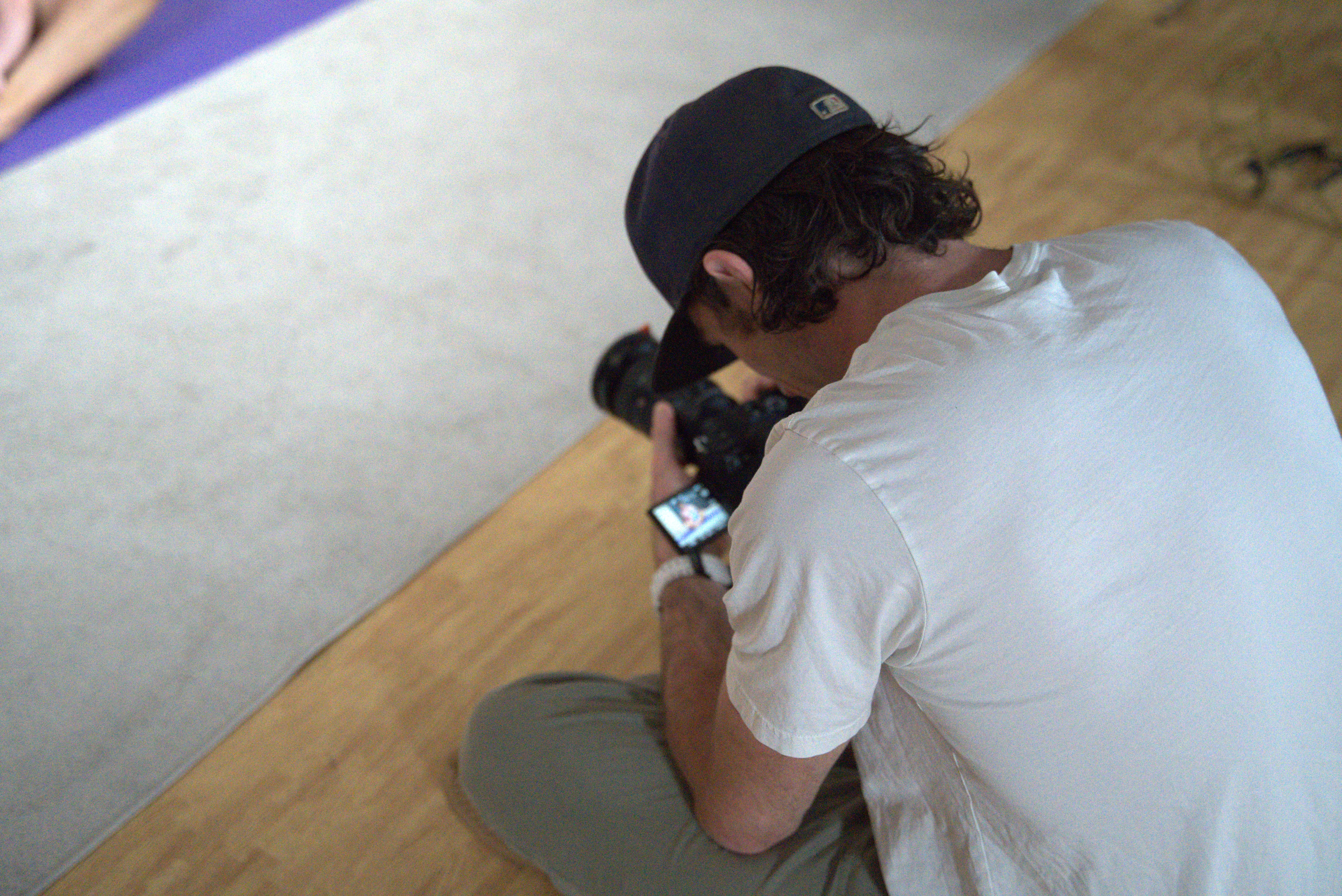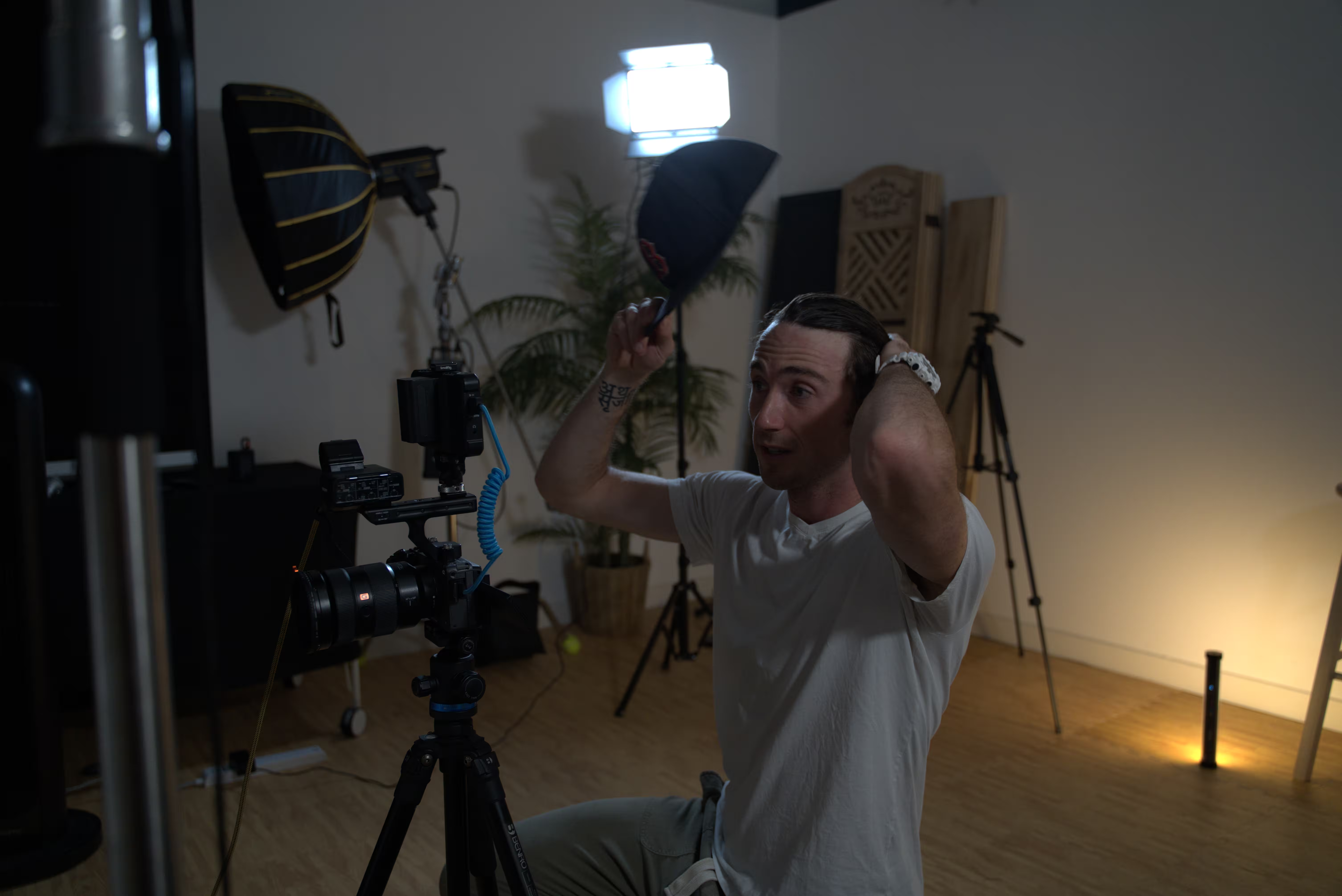Integrating AI Into Video Production

Integrating AI Into Video Production: for Modern Creators
In the rapidly evolving landscape of video production, AI has emerged not as a replacement for creativity, but as a catalyst for it. After years of producing content and working with creators who care deeply about their work, I've identified three critical choke points where AI integration transforms the production process—and ultimately, the quality of what we create.

1. Script Writing: From Painful to Fluid
Writing the story ahead of time is the most crucial piece for communicating clearly. The writing process forces you to put words into a linear fashion and examine them as they come out, ensuring they're deeply connected to the meaning you're trying to convey. When you write, you're forced to know deeply what you're trying to say.
AI makes this process dramatically faster and more fluid instead of painful. Not everyone has the luxury of knowing how to write well! It helps you iterate quickly, test different narrative structures, and refine your message without getting stuck in the paralysis that often comes with staring at a blank page. The result? Tighter storylines and clearer communication, achieved in a fraction of the time.
2. First Cut: 10x Speed Gains
Tools like Descript allow editors to complete the first cut about 10 times as fast as they used to. By editing the core narration under the video with text-based editors like Descript and integrated tools in Premiere Pro, you save tons of time and help meet the constant demand of the modern era.
The reality is simple: you need to be posting content frequently and at higher and higher quality in order to meet the demand that people's attention now requires. These AI-powered tools don't just save time—they make consistent, high-quality output sustainable.
3. Unlocking Creativity (Not Creating Slop)
Here's where things get philosophical. Yes, AI does produce a lot of slop for people who have low-vibe motivations and just want to fill spaces with content. But let's be clear about what's actually happening in the market.
YouTube has grown to become the center of modern culture and what I call "micro media" (a better term than social media…because there's not a lot of true social behavior on social media these days—it's more like a space for rapid fire channel surfing, where people go for entertainment, education, and frankly—to be advertised to actively). And YouTube demands quality. Higher and higher quality videos are the ones that perform best. End of story.
Note* quality ≠ special effects and expensive, but we’ll discuss this another time :)*
The reality is, you need to be able to produce high-quality videos quickly, efficiently, and regularly. Integrating AI into your workflow to help keep your storylines tight, to help you ideate quickly, and to help you structure your outputs more cohesively is extremely beneficial to this sort of creator endeavor.
AI should really be seen as a means to unlock creativity for those who care about their outputs. Even though there is a lot of noise and fluff, ultimately people are attracted to authenticity and quality and those are the stories that stand the test of time. AI, just like CGI, Photoshop and After Effects…and every tool that came before it, is there for us to access that authenticity faster and tell stories in new, novel ways that are compelling.
Impact Over Content
This is why I work with people who think about impact over content. I'm really only interested in making videos that matter—videos that communicate clearly and have real impact on the audience instead of just filling space and further deepening delusion.
The tools are here. The question isn't whether to use them, but how we use them. Will we use AI to create more noise, or will we use it to cut through the noise and create work that drives change and uplifts humanity?
For those of us committed to the latter, AI isn't a shortcut—it's an unlock 🔓



